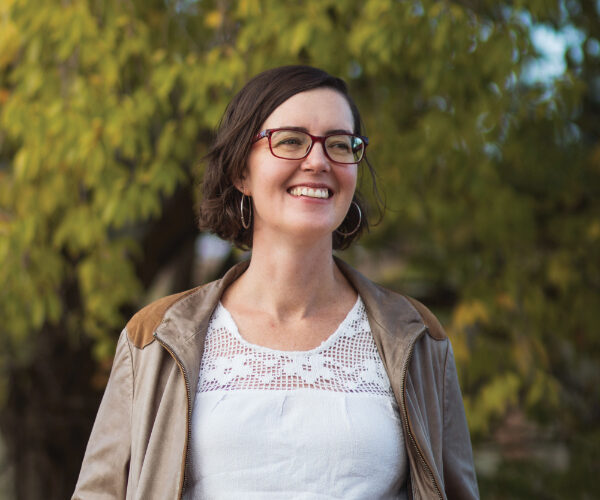Look Long
By Emily Withnall
Throughout the eight years I lived in Montana, I wrote essays that were essentially love letters to New Mexico. If you had asked me in high school if I wanted to stay, my answer would have been a resounding “No.” But I was born near the red willows on the banks of the Rio Grande and raised in the seam between the Great Plains and the foothills of Hermit’s Peak. The red earth and unrelenting sun are a part of me.
Still, my family does not go back generations on this land. I wrestle with my sense of belonging in my love letters to New Mexico. This wrestling is not unique; no matter their birthplace or ancestral history, many people wrestle with belonging or identity. The pandemic heightened questions of purpose and prompted us all to examine the communities we did and didn’t belong to. In isolation in those early days, we remembered, yearned, and dreamed. My yearning brought me back home.
“Blood is thicker than water” is a phrase meant to emphasize the strength of familial bonds. But the correct phrase, with origins that are murky but perhaps attributable to the Bible, is “The blood of the covenant is thicker than the water of the womb.” Which is to say, community and belonging are often forged through shared meaning and experiences rather than shared genetics. For those of us in the LGBTQIA+ community, this has always been understood. As Lazarus Letcher writes in their profile of filmmaker StormMiguel Florez, the focus on joy and community—rather than pain and discrimination—is a worthy one.
Belonging rings through the pages of this issue of El Palacio. In her article, Annie Wenstrup talks with three artists whose work grapples with the Missing and Murdered Indigenous People epidemic. Though the artists and the communities they belong to are bound, in part, by disproportionate trauma and loss, their art is a testament to the power of community and collaboration. Through their work, the artists convey an unwavering insistence on the presence and vitality of Indigenous communities. It is a declaration, a prayer, a song: “We are here.”
This insistence for visibility and shared humanity reverberates through Jimmy Santiago Baca’s ode to prison art and the Pinto plebe who create it. He writes with heart and from experience as he pays tribute to the Chicano artists who continue to assert their dignity despite their constructed invisibility and the indignities they face. Like the artists Wenstrup interviews, the art conveys emotion and connection that surpass language.
Even in small New Mexican communities, the church you do or don’t attend communicates one kind of belonging. Penitente services are often held in private, family-owned capillas—but Leeanna Torres’s recounting of her experience at a Penitente service in Tomé last year invites readers into the Sánchez capilla so that we, too, can feel the power of ceremony and community within the chapel’s adobe walls.
Exclusion is often the flip side of belonging. For me, as I wrestle on the page with my own maps of belonging, it can sometimes be easier to see where I don’t belong. Was this also true for Harlem Renaissance writer, and former Taos resident, Jean Toomer? In his analysis of Toomer’s writing and legacy, Darryl Lorenzo Wellington makes one thing clear: we are, all of us, caught in the middle of our ideals and our lived realities. How do we square individual and communal belonging within our historical and contemporary contexts? Like anything worth doing, perhaps the seeking is itself the point.

